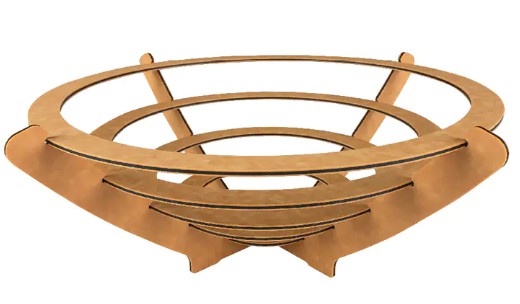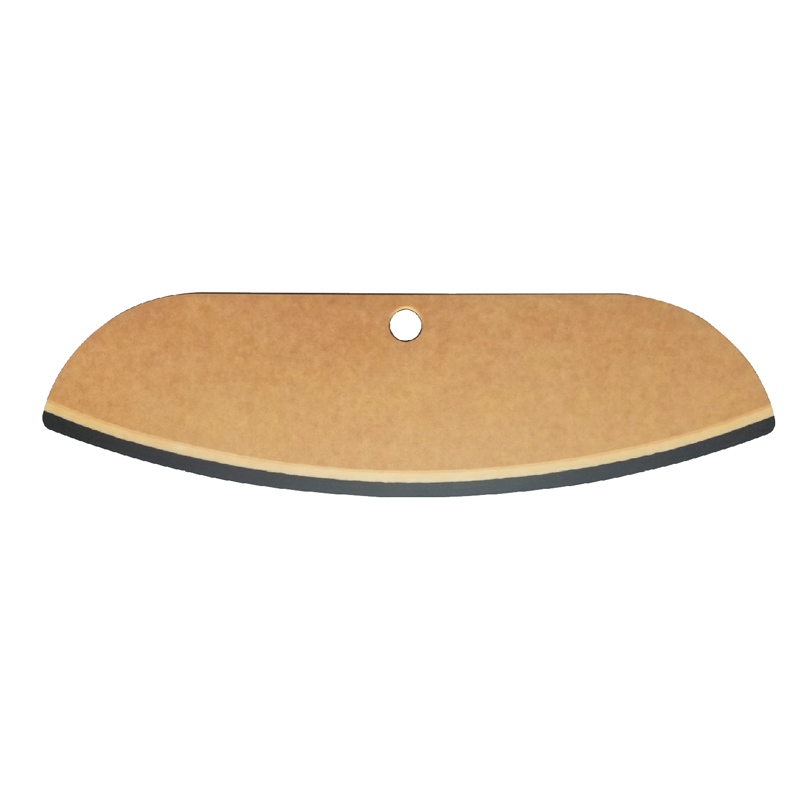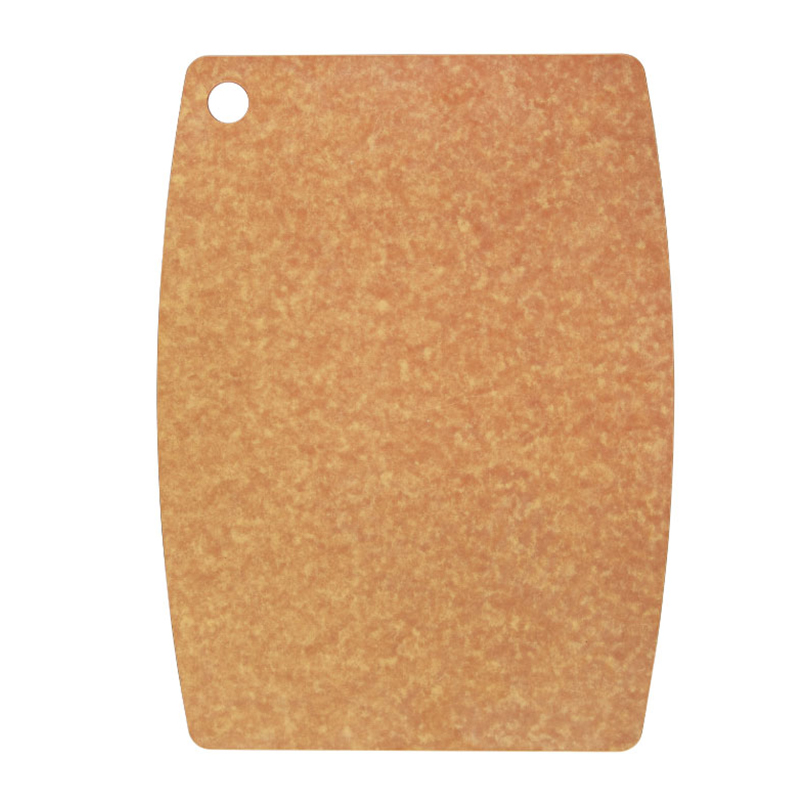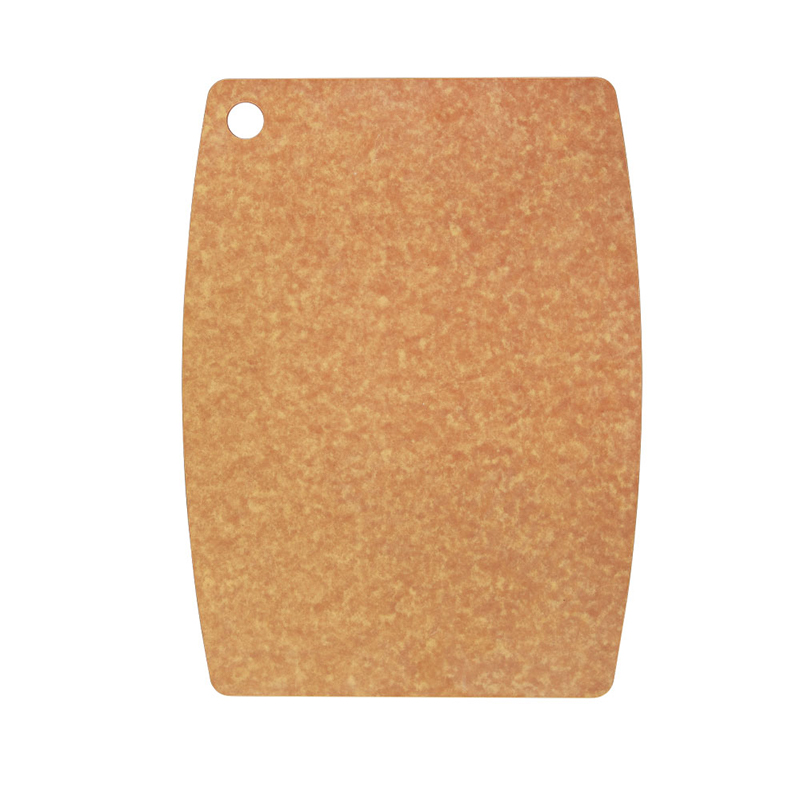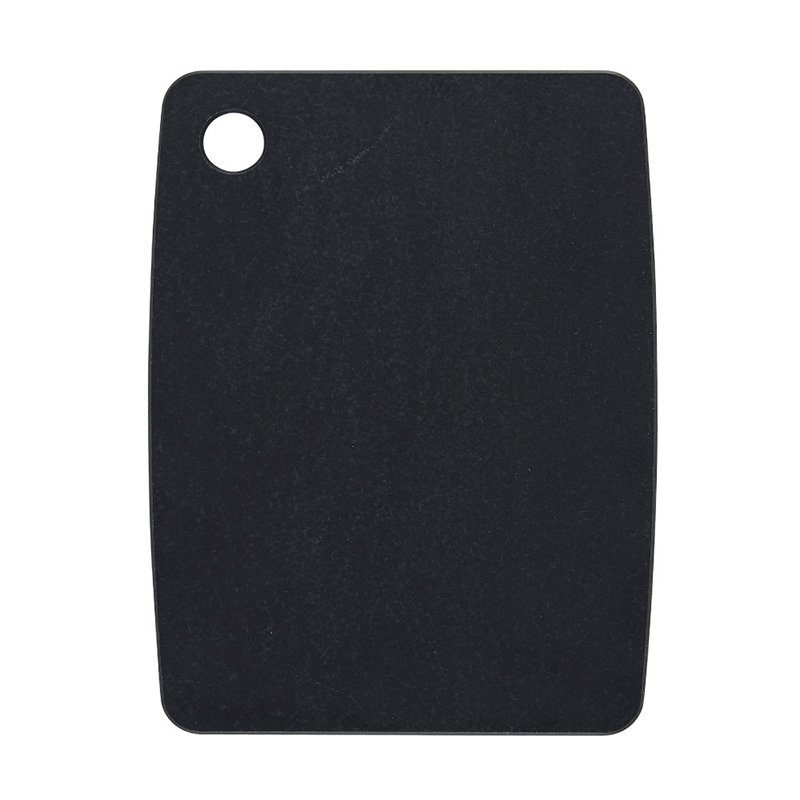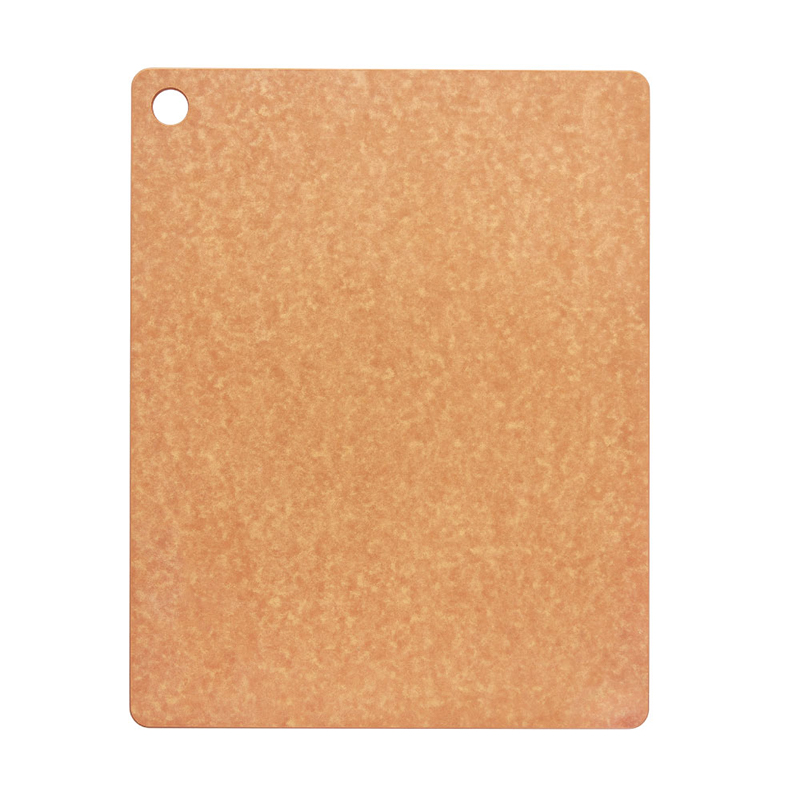-
Composite Cutting Board vs Traditional Boards – A Modern Kitchen Showdown
Choosing the right cutting board is more than just a matter of preference—it affects everything from food safety to knife longevity. As consumers become more informed, the composite cutting board has entered the spotlight as a modern, reliable alternative to traditional boards made from wood or plastic. But how does it actually stack up?
First, let’s define what a composite cutting board is. Unlike single-material boards, these are constructed from a blend of natural fibers and food-safe resin. The result is a hard, dense, and incredibly resilient cutting surface that’s designed to meet the demands of today’s kitchens.
One of the key advantages of a composite cutting board is its sanitary surface. Wood, although beautiful and classic, can harbor bacteria in its pores. Plastic, while affordable, often scars easily and holds onto odors. The composite cutting board avoids both problems by offering a non-porous, odor-resistant surface that’s easy to clean and often dishwasher-safe.
Durability is another major benefit. A composite cutting board can withstand years of use without warping or cracking. It’s ideal for home chefs who chop frequently, as well as professionals working long shifts in commercial kitchens. Unlike soft plastic boards, it won’t develop deep grooves that trap food particles, and unlike wood, it doesn’t need regular oiling or special care.
One might wonder how the composite cutting board treats knives. Surprisingly well, in fact. It offers a smooth, consistent texture that provides enough resistance for clean cuts while minimizing blade dulling. Compared to glass or marble boards—which are notorious for damaging knives—a composite cutting board is a much more knife-friendly option.
From a maintenance standpoint, the composite cutting board is easy to care for. After use, it can simply be rinsed and placed in the dishwasher. For deeper cleans, a scrub with hot soapy water is all it needs. The stain-resistant surface means it won’t hold onto colors from beets, turmeric, or tomatoes like some wooden or plastic boards do.
The aesthetic of the composite cutting board is another reason it’s gaining popularity. With its modern matte finish and minimalist design, it fits seamlessly into both traditional and contemporary kitchens. Some models even double as serving boards, allowing users to prep and present on the same surface.
Sustainability is also an important consideration. The composite cutting board is often made from recycled paper or other eco-friendly materials, bonded with non-toxic resin. This makes it a preferred choice for environmentally conscious consumers looking to reduce their reliance on plastic.
Another practical advantage is its heat resistance. While you wouldn’t place a hot pan on plastic or wood without risk of damage, many composite cutting board models can tolerate moderate heat, making them more versatile in high-temperature cooking environments.
It’s worth mentioning that the composite cutting board does tend to cost more than plastic ones, but the investment pays off in longevity and performance. For those who cook frequently or value cleanliness and convenience, the extra cost is justified.
The composite cutting board stands out as a predominant choice in many categories. From hygiene and durability to design and sustainability, it checks all the boxes for a reliable kitchen tool. Whether you're preparing gourmet meals or slicing sandwiches for lunch, the composite cutting board brings performance and peace of mind to every cut.

 日本語
日本語 English
English 中文简体
中文简体